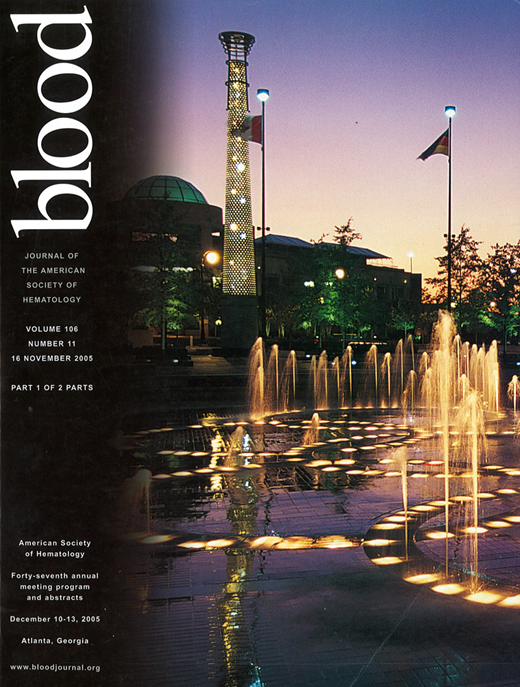Abstract
Introduction: Early lymphocyte recovery predicts outcome in adults undergoing high dose chemotherapy followed by autologous stem cell transplantation for a variety of malignancies (Porrata et al; 2001, 2002, 2005). Whether rate of lymphoid recovery is predictive of outcome post-hematopoietic stem cell transplantation (HSCT) in children and young adults has not been studied.
Objective: To explore the association between early ALC recovery and survival in children and young adults undergoing allogeneic and autologous (HSCT) for leukemia or lymphoma.
Methods: Retrospective chart review was performed for all consecutive patients (age 6 months to 21 years) undergoing first HSCT for hematologic malignancies and lymphomas at Mayo Clinic, Division of Pediatric Hematology/Oncology from 1995 to 2004. Day 15 and day 28 ALC were calculated for all patients. The primary end point was 1-year relapse free (RFS) and overall survival (OS). To explore the association between ALC and primary outcome, patients were stratified in 2 groups: ≥ or < than median ALC and Kaplan Meier survival curves were generated for both the groups and compared with the log-rank test. Matched related donor (MRD), matched unrelated donor (MUD) and haploidentical (as one group) and autologous transplantations were analyzed separately.
Results: There were a total of 50 patients. 28 received MRD, 2 MUD, 10 haploidentical and 10 autologous transplant. The underlying malignancies were AML n =25, Biphenotypic Leukemia n=1, ALL n =7, NHL n=3, HD n=7, JMML n=5, CML n=2, CLL n=1). No patient was lost to follow up during that time and data was available for all except (day 28 ALC) for one patient. The 1-year RFS and OS rate was the same; 81% for the MRD, 50% for MUD and haploidentical and 70% for autologous transplant populations, respectively. In patients receiving MRD transplants, higher ALC at either day 15 or day 28 post transplantation was associated with better, albeit statistically non-significant, RFS/OS rates at 1 year (85% for ≥ median (0.23) vs. 78% for < median p=0.69 and 86% for ≥ median (0.47) vs. 77% for < median p= 0.59 respectively). Opposite results were observed for MUD and Haploidentical transplantation group (33% for ALC ≥ median (0.05) at day 15 vs. 67% for < median p=0.2, 33% for ALC ≥ median (0.35) at day 28 vs. 66% for < median p=0.28) and for autologous transplantations (67% for ALC ≥ median (0.23) at day 15 vs. 75% for < median p=0.68, 40% for ALC ≥ median (0.48) at day 28 vs. 100% for < median p=0.07).
Conclusions: Our data generated conflicting findings of the association between ALC and RFS/OS in different patient populations undergoing HSCT. However, our results are limited by the small sample size. Further collaborative studies are needed to explore this association.
Author notes
Corresponding author

